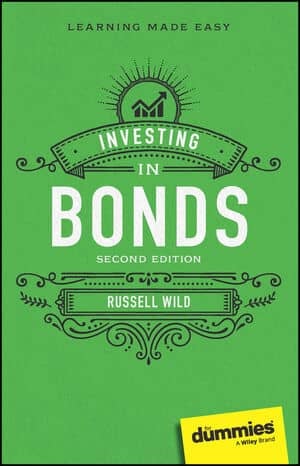When most investment professionals look at the world of global fixed income, they see two large categories of international bonds: developed-world bonds and emerging-market bonds.
Developed-world bonds
Just as the U.S. government and corporations issue bonds, so too do the governments and corporations of Canada, England, Sweden, Japan, and many other countries, large and small, rich and not-so-rich. It may be difficult to find a decent sirloin in some of these lands, but that doesn't mean their fixed-income offerings are all chopped meat.
Foreign bonds, like U.S. bonds, come in all sorts of maturities and credit qualities. Some are dollar-denominated; these are often called Yankee bonds. But most are denominated in the currency of their home countries.
Over the long run, you can expect that bonds of similar credit quality and duration, bearing similar risk, should yield roughly equal returns, no matter which country they are issued or sold from. After all, if, say, British bonds consistently paid higher rates of interest than U.S. bonds, investment money would float eastward across the big pond. U.S. bond issuers would eventually either have to up their coupon rates or raise capital in another way, like hosting bake sales or bingo games.
In the short run, however, interest rates can vary among bond markets, and more importantly, exchange rates can fluctuate wildly. For that reason, U.S. investors putting their money into foreign fixed income are generally looking at a fairly volatile investment with modest returns. (All fixed-income investments generally see modest returns.) On the flip side, foreign bonds, especially non-dollar-denominated bonds, tend to have limited correlation to U.S. bonds (meaning their value is independent of U.S. bonds), so owning some foreign fixed income in developed countries can be a sensible diversifier.
Emerging markets
Emerging markets is something of a euphemism for "poor countries." Those who invest in them hope that these nations are emerging, but no one can say with any certainty. In any case, if you want to buy bonds issued in Brazil, Turkey, Russia, Venezuela, Mexico, or Argentina, the opportunities are out there. The interest rates can be nose-bleed high, but the volatility can make your stomach contents emerge, too.
The majority of emerging-market bonds are so-called sovereign bonds. All sovereign means is that these bonds are issued by federal governments, not corporations. U.S. Treasury bonds are sovereign bonds.
Unlike the bonds issued by developed nations, most emerging-market bonds are dollar-denominated. Still, given the problems of these nations, the governments can be shaky. To get enough people to lend them money, they must pay high rates of interest. Very high.
With the high return, as always, comes high volatility. In 1998, when Russian government bonds went into default, investors in the Fidelity New Markets Income Fund, like investors in most emerging-market funds, quickly saw about a quarter of their investments disappear overnight. The following year, most emerging-market bond funds sprung back rather nicely, even though Ecuador defaulted on its bonds that year.

